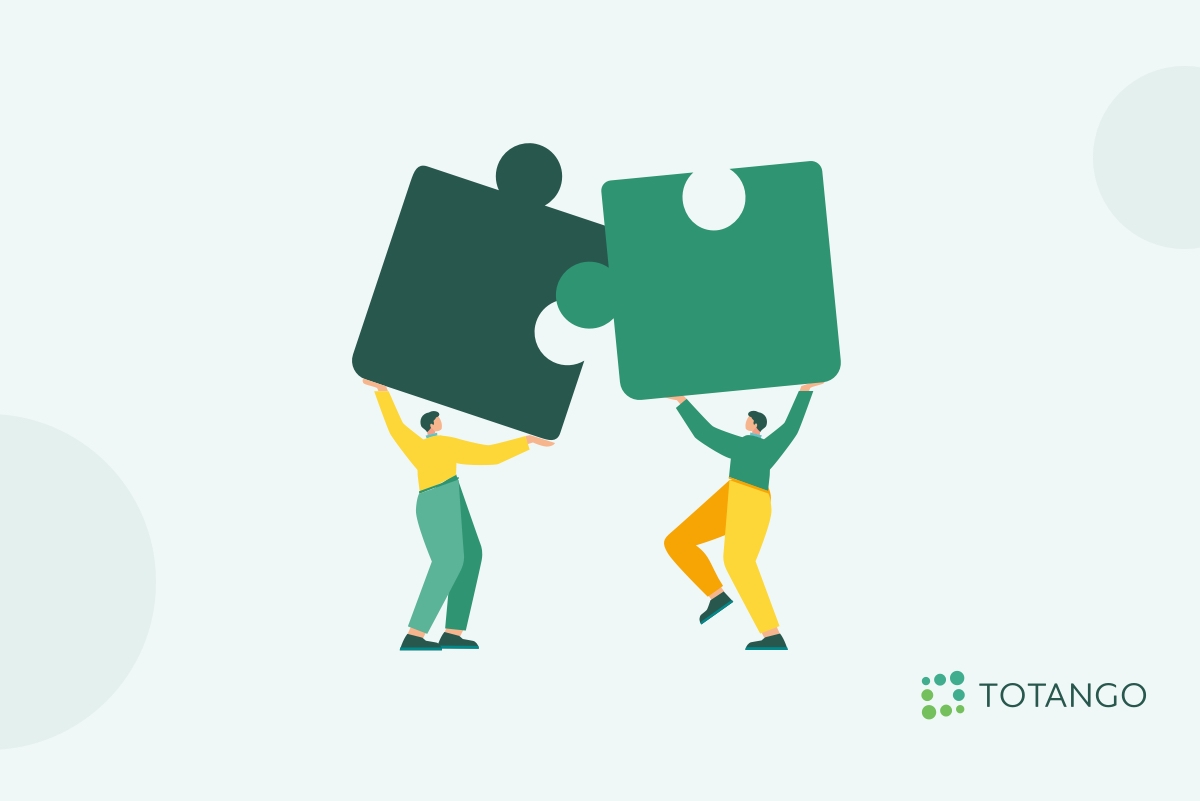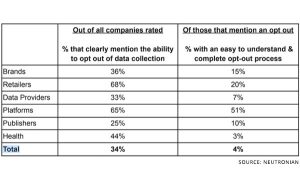
It’s simple: engaged users are more likely to stick with your brand. But heightening user engagement to compel renewals year after year isn’t so simple. And if you’re struggling to raise engagement and retention rates through separate initiatives, you may have trouble raising either.
User retention is when customers come back to your product after the initial use. User engagement is a measurement of how much time a customer spends with your product or brand. Strong engagement often leads to greater retention, and retention can also open the door for deeper engagement. As such, how well your team masters one of these concepts can affect your success with the other.
User Engagement and Retention: Two Goals, One Strategy
User engagement and retention aren’t the same. For example, say your product is a project management app. If users check the app every day, even if they don’t take any further actions beyond checking it, that’s retention. If they spend half an hour a day assigning tasks to team members or reviewing analytics, that’s engagement. Retention brings customers back, which provides an opportunity for engagement, while engagements are the actions customers take.
The longer you retain customers, the more chances you have to engage them on a deeper level. Customers will have time to interact with your brand and form a relationship— a customer-brand connection based on trust. But that trust is only won when you’re able to deliver on your brand’s promises. So, get to know your customers’ goals so that you can personalize your customer interactions and help them use your product or service to meet their unique business objectives. Engaged customers become your best customers, the ones who attract new business and grow revenue.
Engagement is the key to raising revenue, as retention alone won’t do the trick. After all, simply getting customers to open an app, software, or another subscription-based product isn’t the same as getting them actively engaged in using it. So, what you really need is a strategy that targets both user engagement and retention at the same time.
Think of user engagement as a conversation that goes on and on indefinitely. Train your team to never stop reaching out to customers. Set up standardized processes for employees so that everyone knows how to engage customers in a way that provides increased value. Monitor customer data and use an early warning system so you know when a customer might need your help before they contact you. Reaching out to customers proactively is a means of improving both user engagement and retention at the same time.
Crafting the Perfect Strategy
When crafting a strategy that addresses user engagement and retention at the same time, consider all the factors involved. Does a customer have open support tickets? They may be engaged, but if tickets are not quickly and adequately resolved, it may lower retention. Remember that the customer journey is not linear, and even customers well into the adoption phase can churn if they have escalations that are improperly handled.
Use segmentation when crafting a user engagement and retention strategy. What do your customer segments look like? You may have a high volume of low-value customers or a low volume of high-value customers. Some segments may perform better than others. Do research on all of your segment types and get into detail with each customer tier to see how well they’re doing and what they need to be successful with your product. No matter the segment, make sure all of your clients are well taken care of.
No matter what strategy you use for raising user engagement and retention, you’re going to need customer visibility that can only be gained by capturing the right data. But if you need to review newly onboarded customer’s product usage, tend to a high-volume of open support tickets, and go over customer feedback manually, it’s going to take a lot of time and energy. What you need is a tool to capture and organize all of the data customers generate every day and can provide your team with clear action items to intelligently engage with customers. The good news is that the perfect tool exists.
Improve Engagement and Retention Using a Customer Success Platform
If your enterprise is having trouble improving user engagement and retention rates, try using a customer success platform. It’s a powerful solution that has all the functionality needed to gather, interpret, and act on customer journey data.
You can use such software to create customer-focused goals and standardize processes. This may include establishing an early warning system that can notify your team of potential problems within the customer journey, creating effective workflows, and sharing information across your whole organization. A customer success platform should provide everyone within your enterprise convenient access to all these features, ensuring customers receive consistent service.
So, concert your resources and your efforts using powerful software. You don’t need to work on raising user engagement or retention individually. Improve both at the same time using the right strategy, powered by a customer success platform.
Business & Finance Articles on Business 2 Community
(56)






